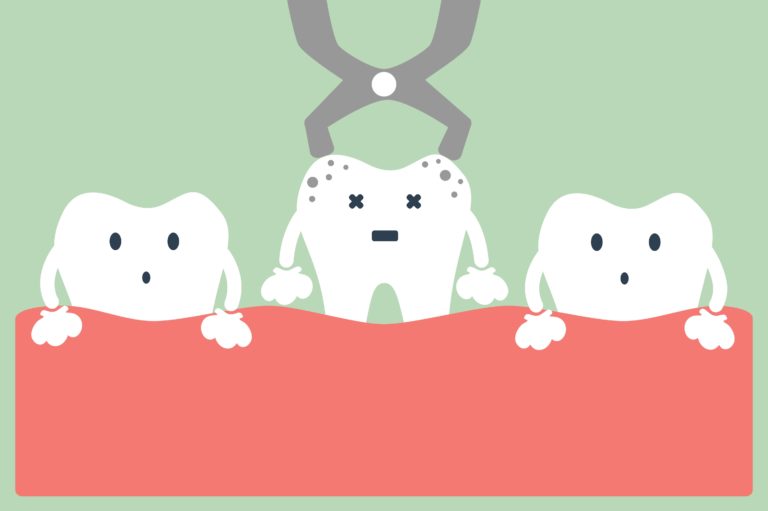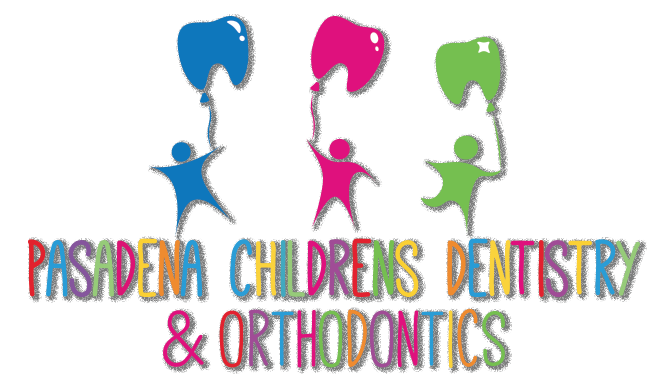
A tooth extraction is the act of removing a tooth from its socket in the jaw bone. While this may not sound ideal, sometimes extractions are necessary to maintain positive oral health. Most people will usually need to have a tooth extracted at some point in their lifetime, and understanding more about tooth extractions can help with this process.
There are many reasons why a tooth may need to be removed, or extracted, from the mouth. Among these are: a tooth that is too damaged to recover, a crowded mouth, or an infected tooth. In the case of damaged teeth, if there is no possibility of repairing the tooth, removal is the best option to avoid future infection. A tooth may also be pulled from a crowded mouth to prepare the mouth for orthodontia or to make room for more teeth. The final reason, is to remove teeth that are infected to prevent the infection from spreading to the bloodstream.
Another common extraction procedure is the removal of wisdom teeth. Wisdom teeth are the third molars that appear during the mid-teens to late twenties. Wisdom teeth earn their name from the belief that most people mature and earn their “wisdom” at this point in their lives. Despite their name, most wisdom teeth end up having to be removed due to inadequate space in the mouth or impaction.
The extraction procedure is routine for most dental offices and is performed easily and with minimal discomfort. Extraction is performed at the dental office under local anaesthetic, meaning you will feel nothing, but you will be aware of what is happening. However, most patients do not remember the procedure due to the anaesthetic. During the procedure, your dentist will use a tool called an ‘elevator’, which is a lever placed under the tooth and used to loosen the ligaments that hold your tooth root into the socket. After the tooth has been loosened, it will easily be removed using dental forceps. This process is quick, taking only a few minutes, and painless, although some patients feel pressure when the tooth is removed.
Sometimes, there are instances that require a more complicated extraction process. This process is called surgical extraction and is used in the case of impacted teeth. Impacted teeth are those that lie below the gum line and have not yet erupted. In the case of surgical impaction, general anesthesia is usually used, although it can still be done under local anaesthetic. For this procedure, your dentist will cut into the gum to access the tooth and then possibly cut the tooth into smaller pieces for removal. After removing the teeth, a small stitch will be placed on the gum line to close the surgical site.
After the extraction, there are certain things you will need to do to assure a quick and easy recovery. First, you will want to take special care to keep the extraction site clean by rinsing your mouth after meals with a mixture of salt and warm water. You will also most likely be prohibited from drinking out of straws since this creates a suction effect which may dislodge the blood clot forming within the socket. If this blood clot becomes dislodged, it exposes the empty socket to air, food, and liquids. This exposure can be quite painful and is called a ‘dry socket’. Finally, you will need to eat a soft diet to avoid any damage to the extraction site.
Most extraction sites are generally healed within a week or a week and a half of the procedure. At this time the stitches can be removed if they are not already dissolved. Wisdom teeth extractions may take longer to heal, depending on the severity of the procedure. A complete recovery of the jaw bone, however, takes approximately 6-8 months, since new bone growth must occur to fill the hole left by the tooth.

















Recent Comments